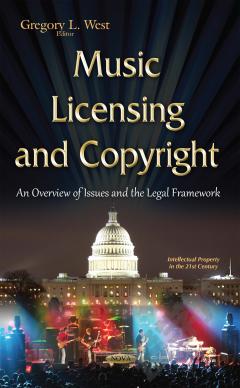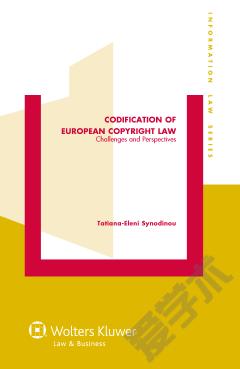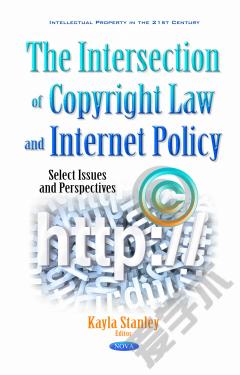Music Licensing and Copyright: An Overview of Issues and the Legal Framework
The laws that determine who pays whom in the digital world were written, by and large, at a time when music was distributed mainly via radio broadcasts or physical media, such as sheet music and phonograph records, and when each of these forms of distribution represented a distinct channel with unique characteristics. With the emergence of the Internet, Congress updated some copyright laws in the 1990s. It applied one set of copyright laws to digital services it viewed as akin to radio broadcasts, and another set of laws to digital services it viewed as akin to physical media. Since that time, however, consumers have increasingly been consuming music via digital services that incorporate attributes of both radio and physical media. Under existing law, the companies that compete in delivering music to listeners face very different cost structures, depending on the royalty provisions applicable to their unique business models. The royalties received by songwriters, performers, music publishers, and record companies for one play or sale of a particular song may vary greatly, depending upon the particular business model of the company delivering music. This book describes the current legal framework governing licensing and rate-setting in the music industry. It also examines the changes in technology and consumer behavior that have reshaped the industry.
{{comment.content}}








 京公网安备 11010802027623号
京公网安备 11010802027623号